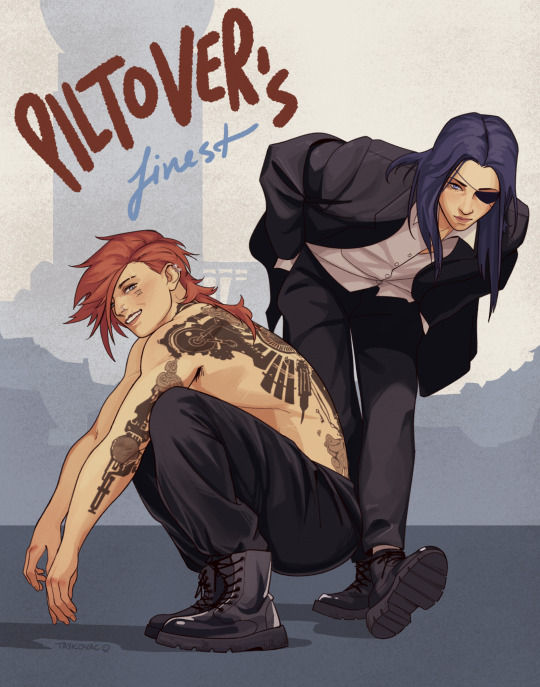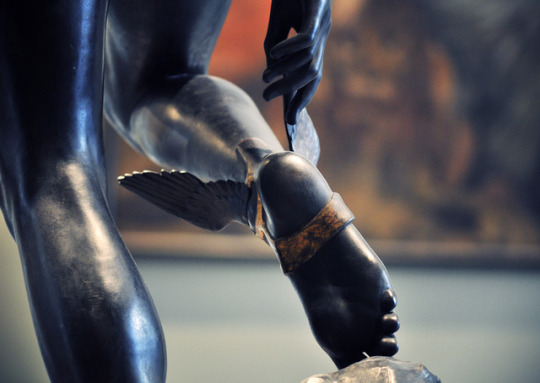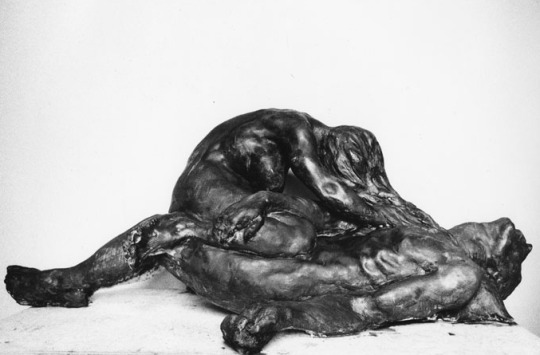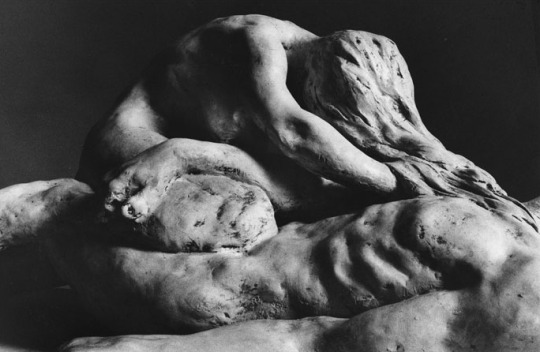Cis lesbian, twentiesArt blogMy art => #gezbell https://ko-fi.com/gezbell
Last active 60 minutes ago
Don't wanna be here? Send us removal request.
Text
generative AI literally makes me feel like a boomer. people start talking about how it can be good to help you brainstorm ideas and i’m like oh you’re letting a computer do the hard work and thinking for you???
32K notes
·
View notes
Text


Glass Staircase at the Go'o Shrine (2002) Designed by: Hiroshi Sugimoto
7K notes
·
View notes
Text


Oh the parallels, Travis always reaching out to Natalie and her walking past him because she has just done something so unforgivable that she doesn’t believe she deserves comfort
5K notes
·
View notes
Text

I put them on the same canvas and passed out
5K notes
·
View notes
Text
Im so obsessed with Shauna Shipman and her obsession with consuming Jackie. Her boyfriend, her life, her body. Shauna doesn't even believe in the Wilderness. The girls don't even need to resort to cannibalism anymore, she's just making them do it so she can relive eating Jackie. It's why later she makes their victims wear Jackie's necklace when they kill them. She literally never moved past losing Jackie. "Do you think Mel has to wear Jackie's clothes when they make out?"
4K notes
·
View notes
Text
S3 predictions
Calling it now, Callie is going to kill her dad and Shauna and her will eat him. Callie sees this as a way to be close with her mom, go through the same thing she did and done what she would've done. And as for Shauna, this will be a Jackie 2.0 situation, losing her last tether to her and how could she let it? How could she not honor Jeff and have a chance to consume Jackie all over again? And we're seeing with Melissa and Nat how Shauna tests people, to see if the goodie two-shoes and faux saints can get their hands dirty like the butcher, if they can pay the price of staying alive with blood like she has to over and over again. This test for Callie would be the deciding factor in their dynamic, will you be the wolf or are you the bunny? You did this, now do you have the heart to stomach it? Can you bear the taste of blood on your tongue for the rest of your life?
#yellowjackets#shauna shipman#yellowjackets season 3#yellowjackets s3#yj s3#yellowjackets s3 predictions#shauna sadecki#callie sadecki#jeff sadecki#jackie taylor#jackieshauna
33 notes
·
View notes
Text

Work Distractions…
GIF Time again! Another Caitvi one HEHEHE …
sorry if it’s a little janky, procreate was making this an evil experience :<
If you use anywhere, please credit ^^
16K notes
·
View notes
Photo


Francois Rude, Mercury Attaching his Wings, Louvre
37K notes
·
View notes
Text
Did you know that many gastropods can create a pearl, including terrestrial snails? The difference is nacre which is only found in some species of mollusks and which which gives pearls their beautiful shine. Terrestrial snails occasionally produce very small translucent white pearls which are usually lost. One non-nacre secreting sea snail, the melo melo, produces gorgeous pearls that are extremely prized and rare.


48K notes
·
View notes









